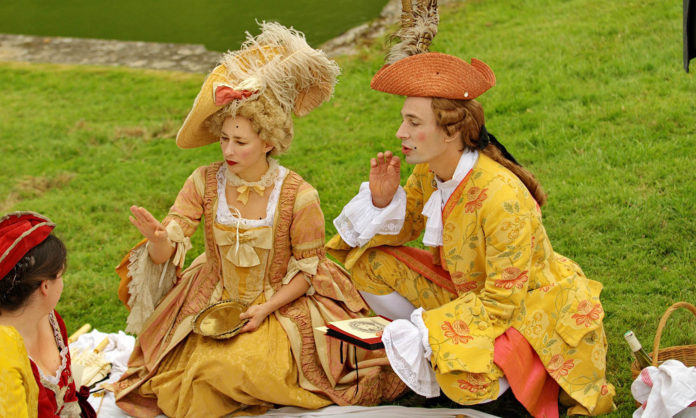
Writing historical fiction requires you to strike the right balance between fact and fiction. In an article on Writer’s Digest, Angela Petch offers her advice on applying equal amounts of truth and imagination.
Like any type of fiction, your historical novel (or mash-up) should engage your readers. “Have at the forefront of your mind that you are writing a series of scenes that tell your story from a period in history,” Petch says. “And put very bluntly, ask yourself if your story is really worth telling?”
While your setting is important, you shouldn’t indulge in history lessons. “The history is important, but it should not warp or dominate the narrative,” Petch writes. “You are not writing a document. Think to yourself that you are massaging the truth to create the best story possible.”
Nonetheless, consistency is important. Keep a timeline of important dates, down to the time of day, if necessary. Consider the weather and other factors, as well. Make note of where your characters are at certain points and what they are doing.
Your characters should also come to life. “Our characters should be memorable—ordinary but extraordinary. Identifiable,” Petch says. “As writers, we need to really know them, understand what makes them tick; what presses their buttons. What do our heroes and heroines really, really want?” This element leans on your creative side, but should also be true to your research. While some characters may have thoughts or beliefs that are ahead of their times, you don’t want to give them ideas or behaviors that are too modern. That goes for dialogue too. Avoid present-day slang, but do sprinkle in time-appropriate phrases.











